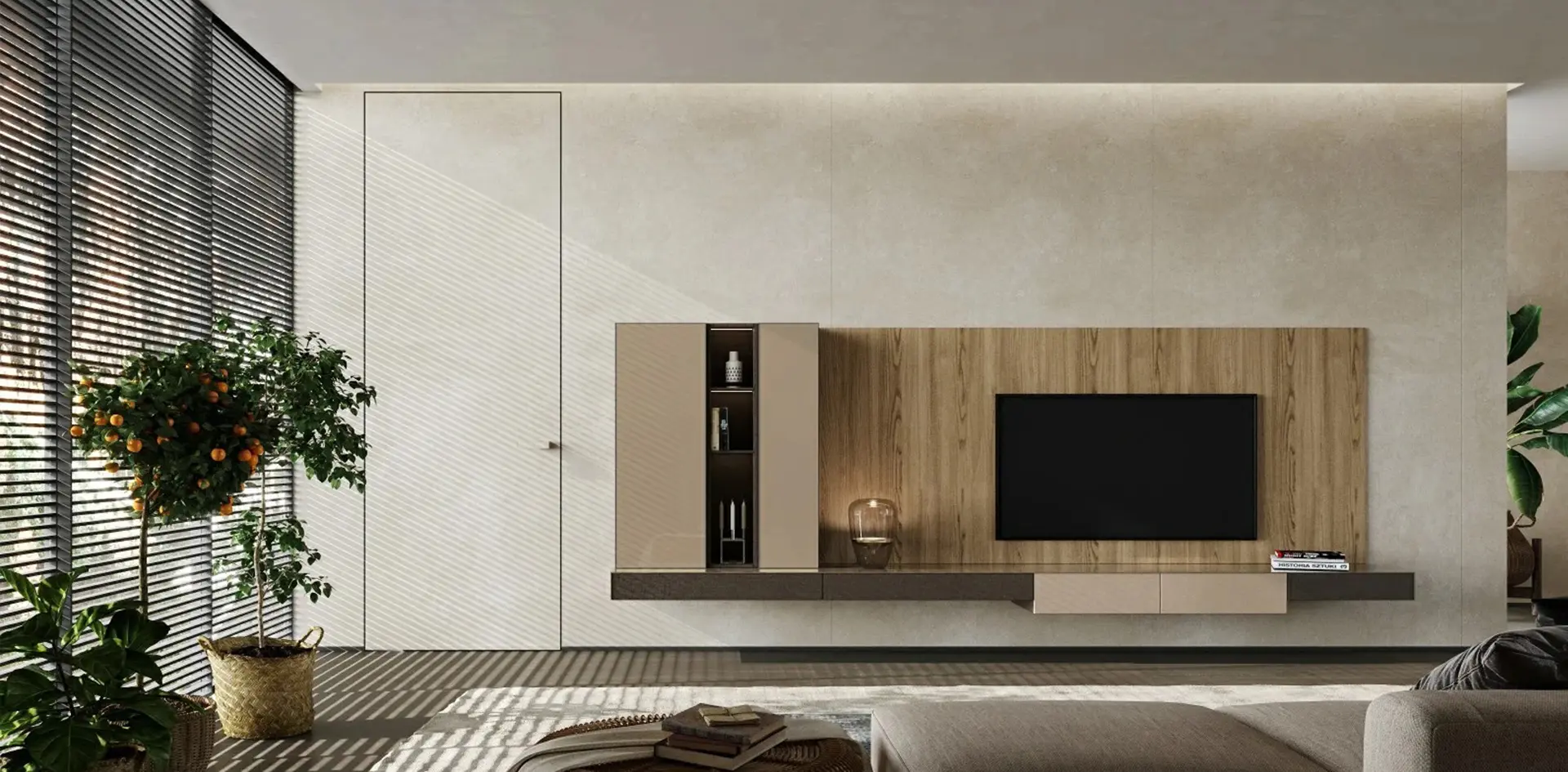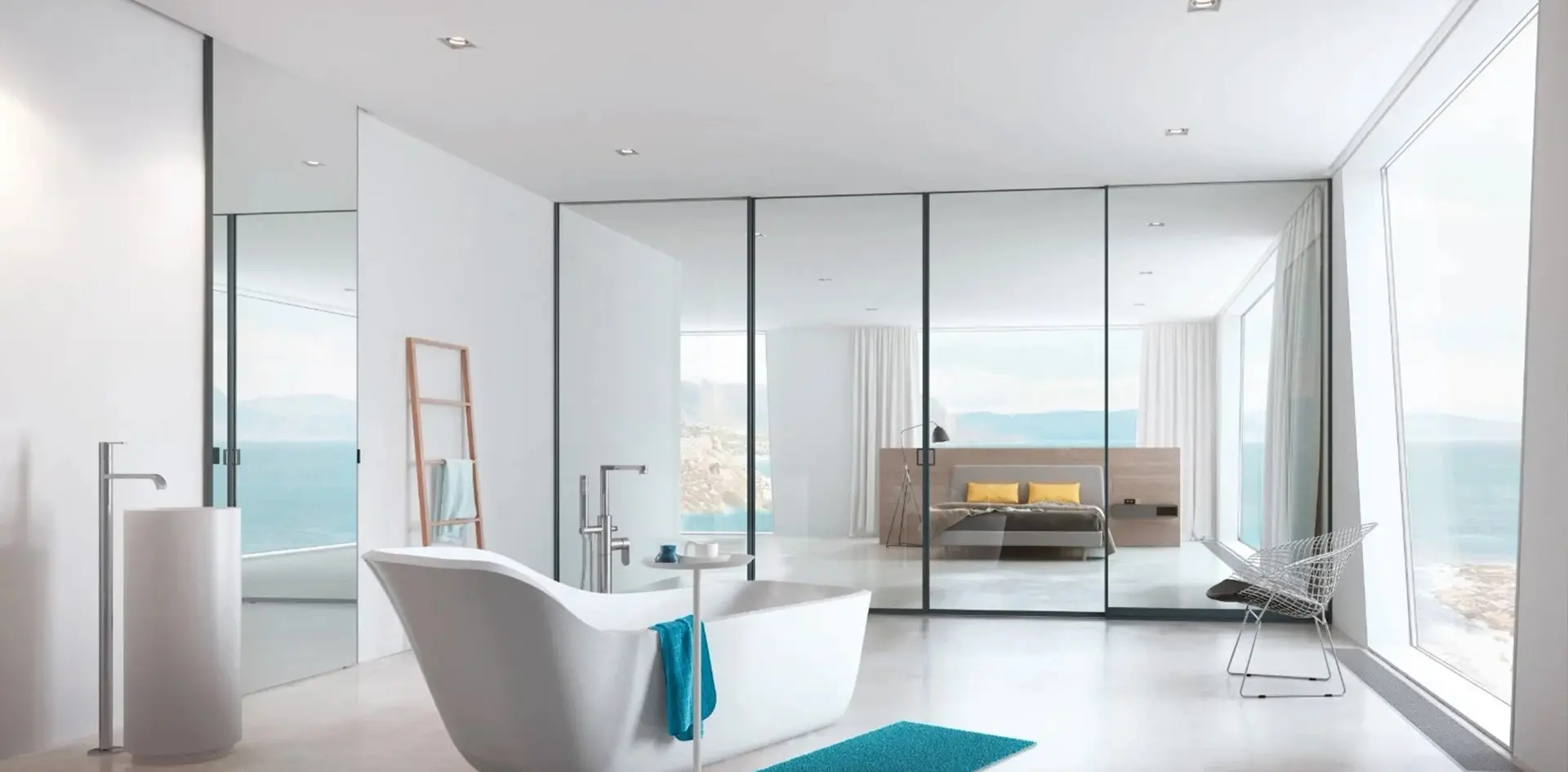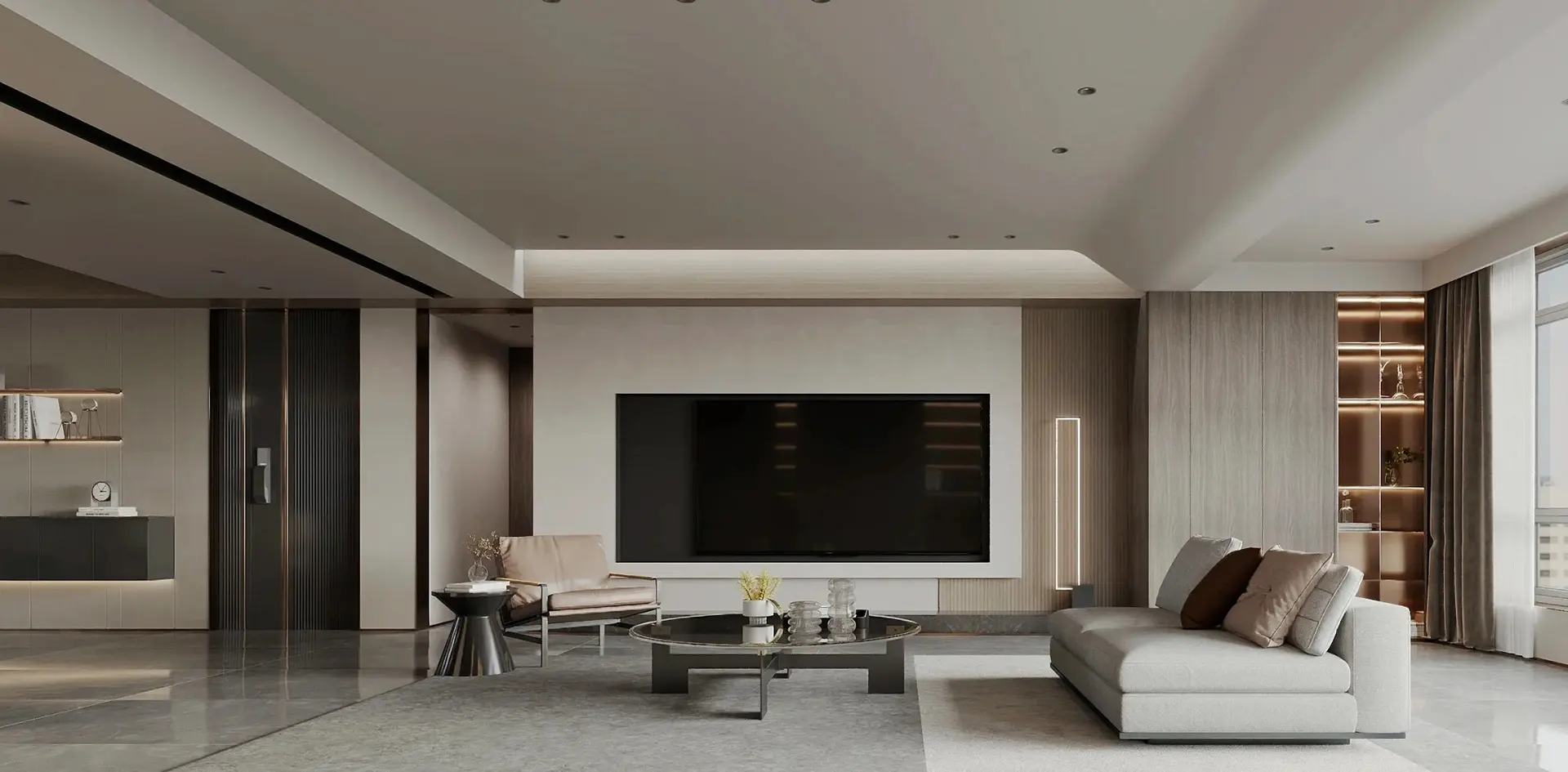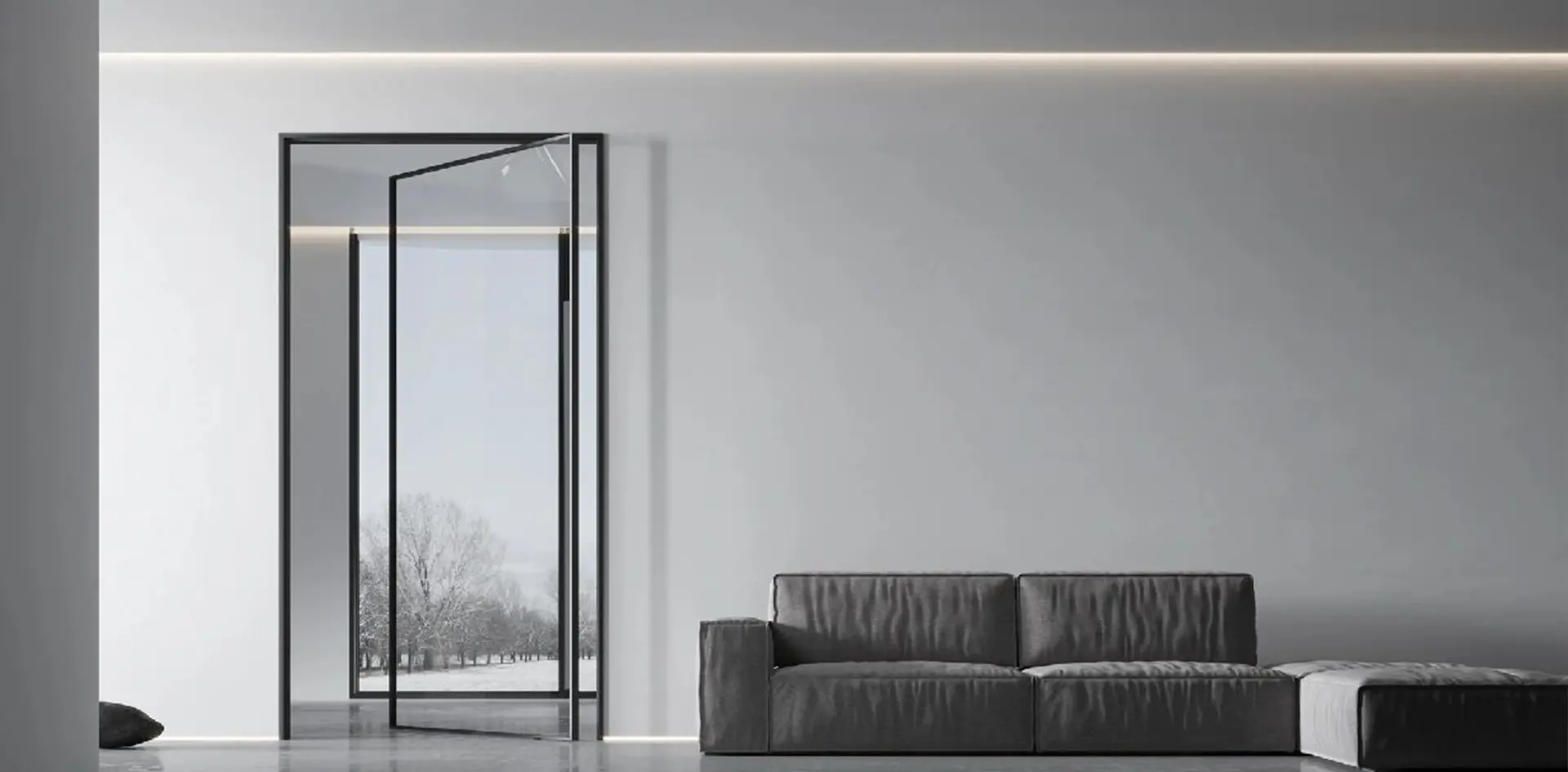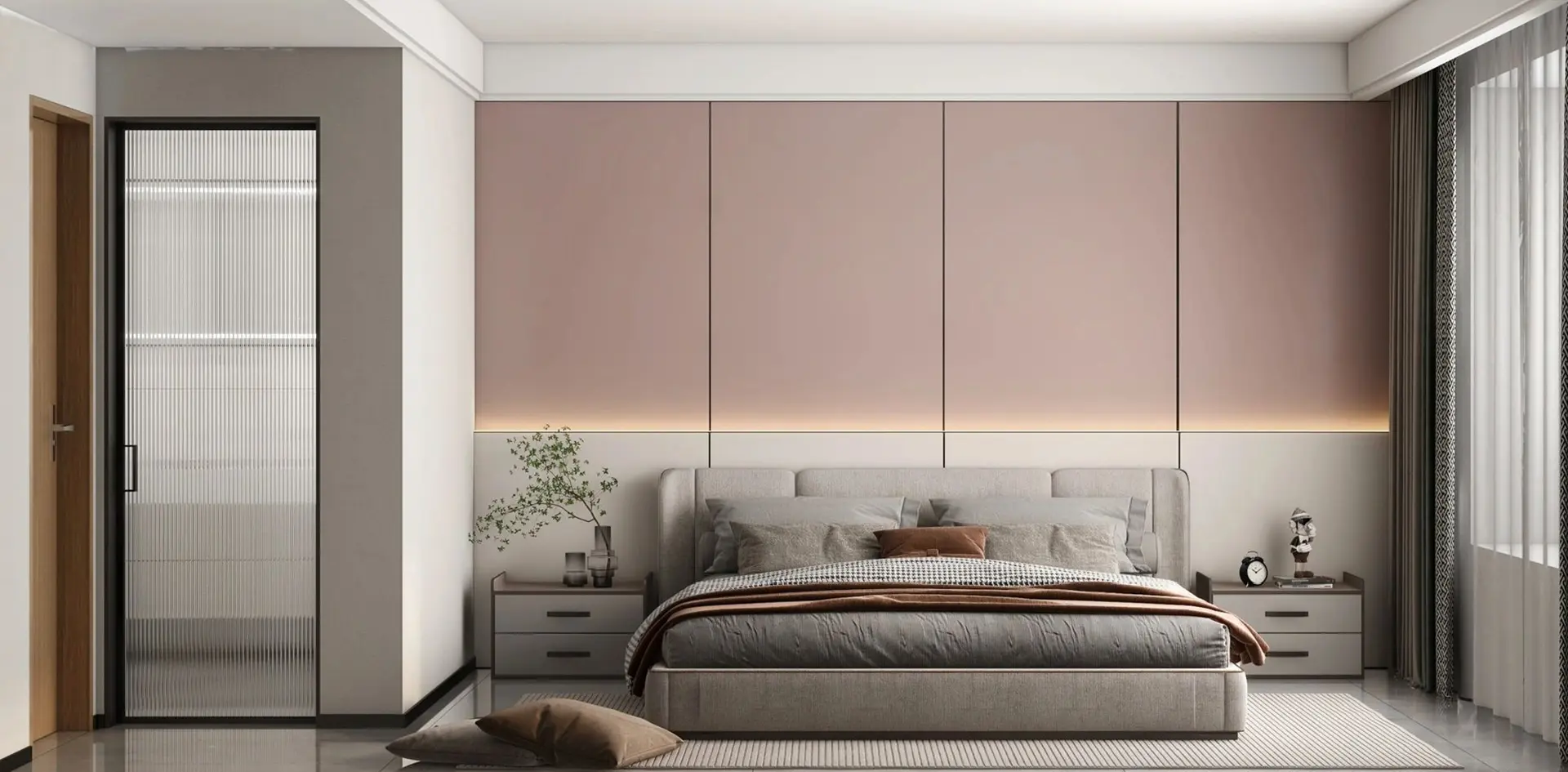
Emerging Trends in Best Modern Entry Doors for Global Buyers 2025 Solutions and Innovations
As we approach 2025, the landscape of modern entry doors is undergoing a significant transformation driven by technological innovations and evolving consumer preferences. According to a report by the Freedonia Group, the demand for modern entry doors is projected to increase by 2.6% annually, reaching a market value of $3.9 billion by the end of the year. This trend reflects a broader shift towards sustainability, security, and smart home integration, as buyers increasingly seek designs that not only enhance the aesthetic appeal of their homes but also offer energy efficiency and high-tech features. With advancements such as biometric locks and energy-efficient materials becoming more prevalent, understanding the emerging trends in modern entry doors is essential for global buyers looking to make informed choices in their home improvement projects.
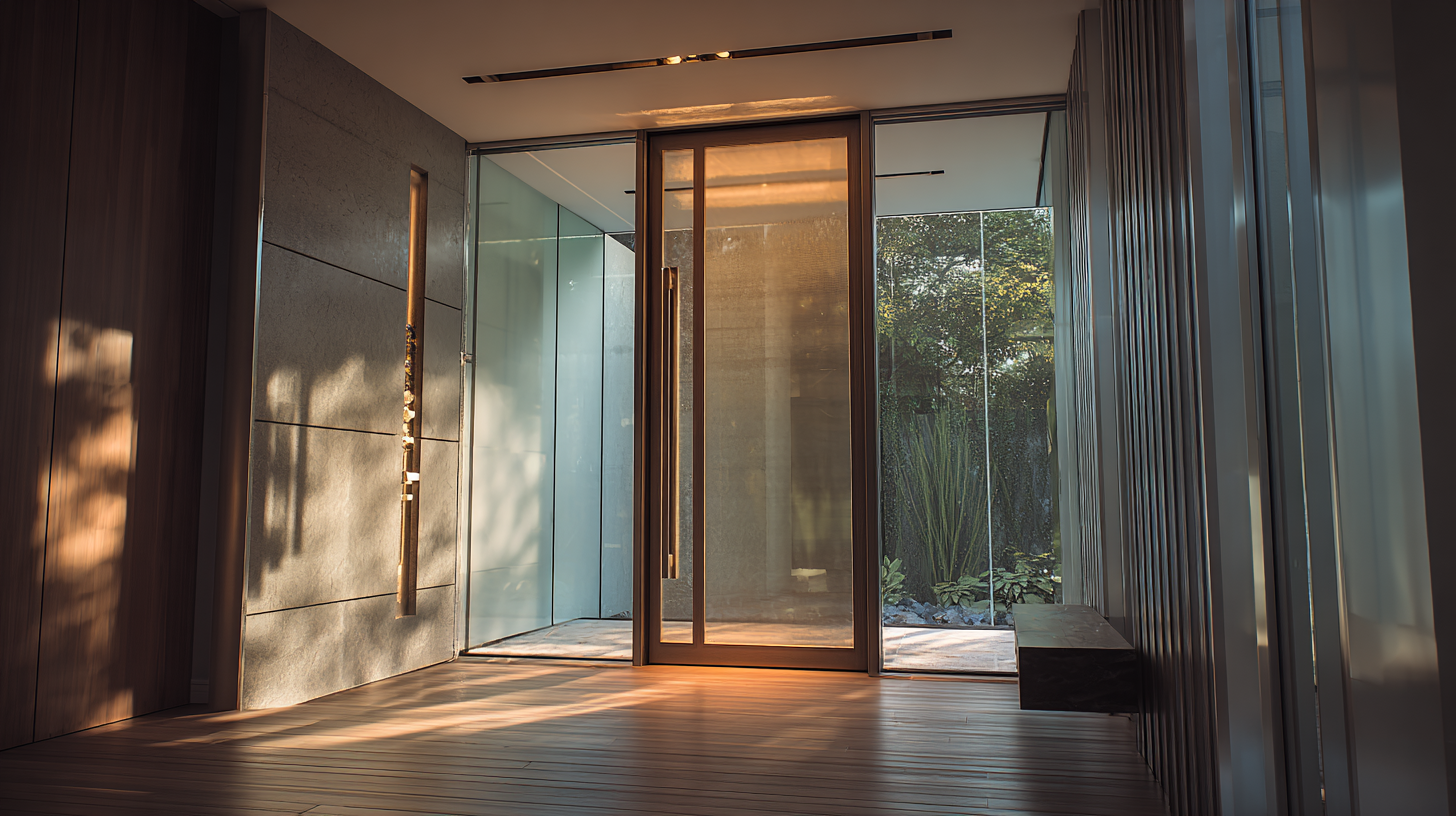
The Shift Towards Sustainable Materials in Entry Door Design for 2025
As we move towards 2025, the design of entry doors is undergoing a significant transformation, with a strong focus on sustainable materials. This shift is not only driven by consumer demand for eco-friendly options but also by a growing awareness of environmental impact within the construction industry. Eco-resilient designs, which highlight the use of recycled and renewable materials, are setting the tone for modern entry doors. This trend is particularly evident in the recent innovations unveiled at the International Builders' Show, where new designs prioritize both aesthetics and sustainability.
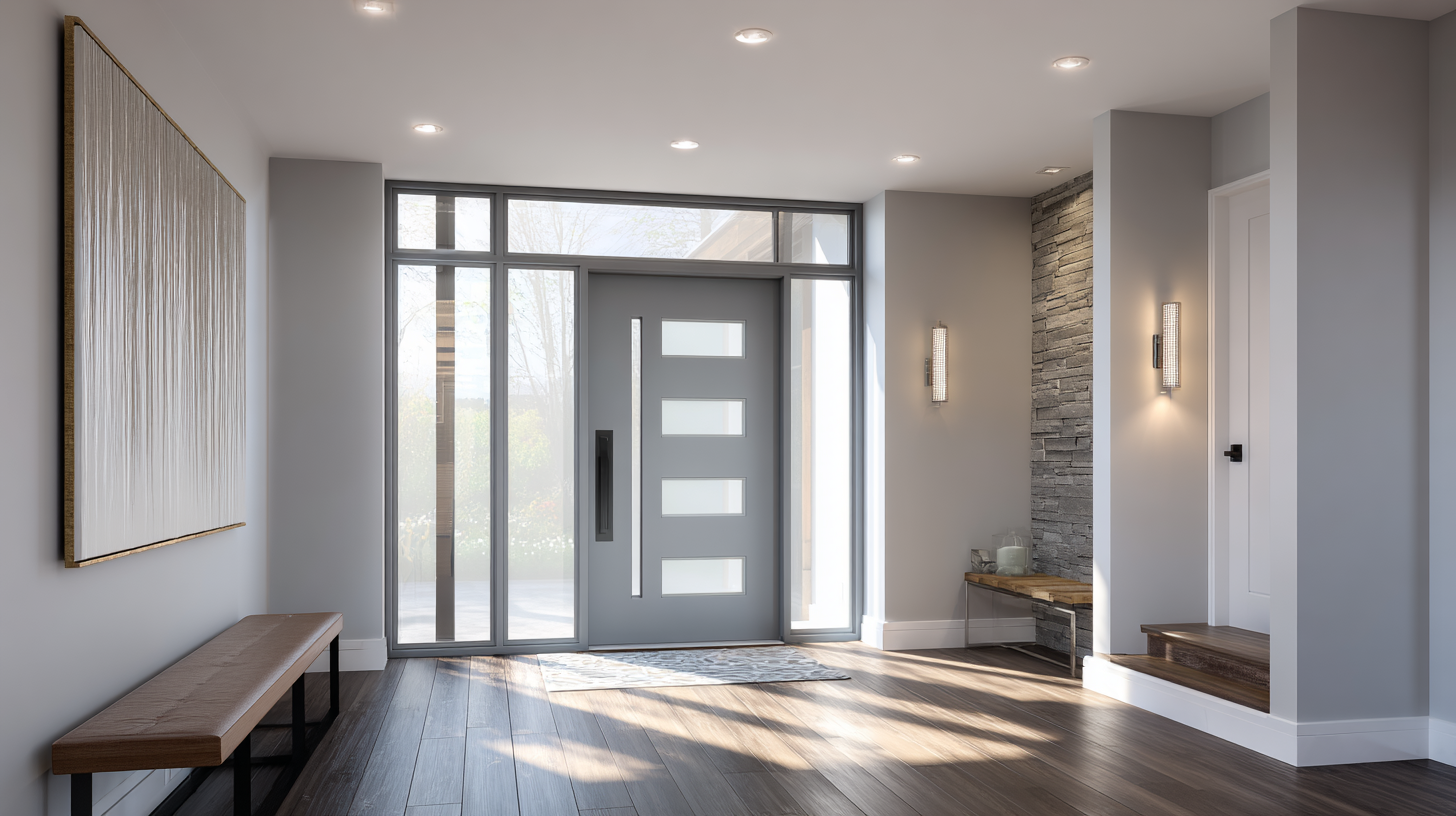
Tips for selecting a sustainable entry door include considering materials suchspan style="color: #28A745; font-weight: bold;"> as reclaimed wood or composite options that reduce waste. Additionally, look for doors that feature energy-efficient designs, which can minimize heat loss and contribute to lower energy bills. Another important aspect is the finish; choose low-VOC paints or stains to enhance indoor air quality without compromising on style.
With advancements in technology, manufacturers are also creating products that not only look great but are built to last. Innovations in durability ensure that sustainable doors don’t sacrifice quality for eco-friendliness. As the market evolves, consumers can expect to see a variety of options that blend modern design with a commitment to environmental stewardship.
Innovative Security Features in Modern Entry Doors for Global Markets
As the demand for modern entry doors continues to grow, innovative security features are becoming a pivotal focus for buyers in global markets. In 2025, manufacturers are set to integrate advanced technologies into entry doors, providing enhanced security while maintaining aesthetic allure. One notable innovation is smart locking systems, which offer unprecedented convenience through keyless entry and remote access. Utilizing smartphone applications, homeowners can monitor their entry points in real-time, receiving alerts for any unusual activities. This seamless blend of functionality and security is becoming a game-changer for homeowners seeking peace of mind.
Additionally, manufacturers are exploring the implementation of durable materials combined with sophisticated locking mechanisms. Reinforced doors made from fiberglass or steel not only provide superior protection against forced entry but also resist weather-related wear and tear. As global buyers become more aware of the importance of both security and sustainability, manufacturers are also focusing on eco-friendly materials that do not compromise on strength or design. These innovations not only add value to modern entry doors but also cater to the evolving needs of consumers who prioritize both security and environmental responsibility.
Emerging Trends in Best Modern Entry Doors for Global Buyers 2025 Solutions and Innovations
| Trend | Feature | Description | Expected Adoption Rate (%) |
|---|---|---|---|
| Smart Technology Integration | Smart Locks | Locks that can be controlled remotely via smartphone apps, providing convenience and security. | 75 |
| Enhanced Security Features | Reinforced Frames | Doors with reinforced frames to resist forced entry. | 80 |
| Sustainability | Eco-friendly Materials | Utilization of bamboo, reclaimed wood, and recycled materials for door construction. | 60 |
| Customization Options | Personalized Designs | Offering customers the ability to customize sizes, shapes, and finishes. | 70 |
| Energy Efficiency | High-Performance Insulation | Doors designed to minimize energy loss, improving home insulation. | 65 |
| Aesthetic Trends | Minimalist Designs | Sleek and modern designs that complement contemporary architecture. | 72 |
Customization Trends: Tailoring Entry Doors to Diverse Global Aesthetics
As the demand for modern entry doors continues to rise, customization has emerged as a predominant trend in the industry, allowing homeowners to express their individuality and heritage through design. In 2025, global buyers are seeking entry doors that not only provide security and durability but also reflect diverse aesthetics from around the world. Customizable options such as handcrafted finishes, unique glass selections, and bespoke sizing are gaining popularity, enabling consumers to create doors that resonate with their personal style.
Moreover, innovation in materials plays a crucial role in meeting the expectations of modern buyers. Sustainable materials are at the forefront, with wood, metal, and composite options that are both eco-friendly and visually appealing. Additionally, the integration of smart technology in entry doors offers enhanced security features while maintaining an elegant appearance. This convergence of form and function is key as manufacturers strive to offer designs that cater to various cultural influences and climate considerations, ensuring that each door not only complements the home but also stands the test of time.
Emerging Trends in Best Modern Entry Doors for Global Buyers (2025)
Technology Integration: Smart Features in Entry Doors for 2025
As we approach 2025, the integration of smart technology into modern entry doors is transforming the way we secure our homes and enhance our living environments. These innovative entry doors are designed not just for aesthetics and durability, but also for functionality. Key features now include biometric locks, which provide enhanced security through fingerprint recognition, ensuring that only authorized individuals can access your home.
Moreover, the advent of home automation systems offers seamless connectivity with entry doors. Homeowners can integrate their doors with smart home ecosystems, allowing for remote locking and unlocking via smartphone applications. Additionally, some doors come equipped with built-in cameras and motion sensors, providing real-time surveillance and notifications to homeowners when unexpected activity is detected. As global buyers seek cutting-edge solutions, these technology-centric entry doors not only improve security but also add a layer of convenience and peace of mind in the modern lifestyle.
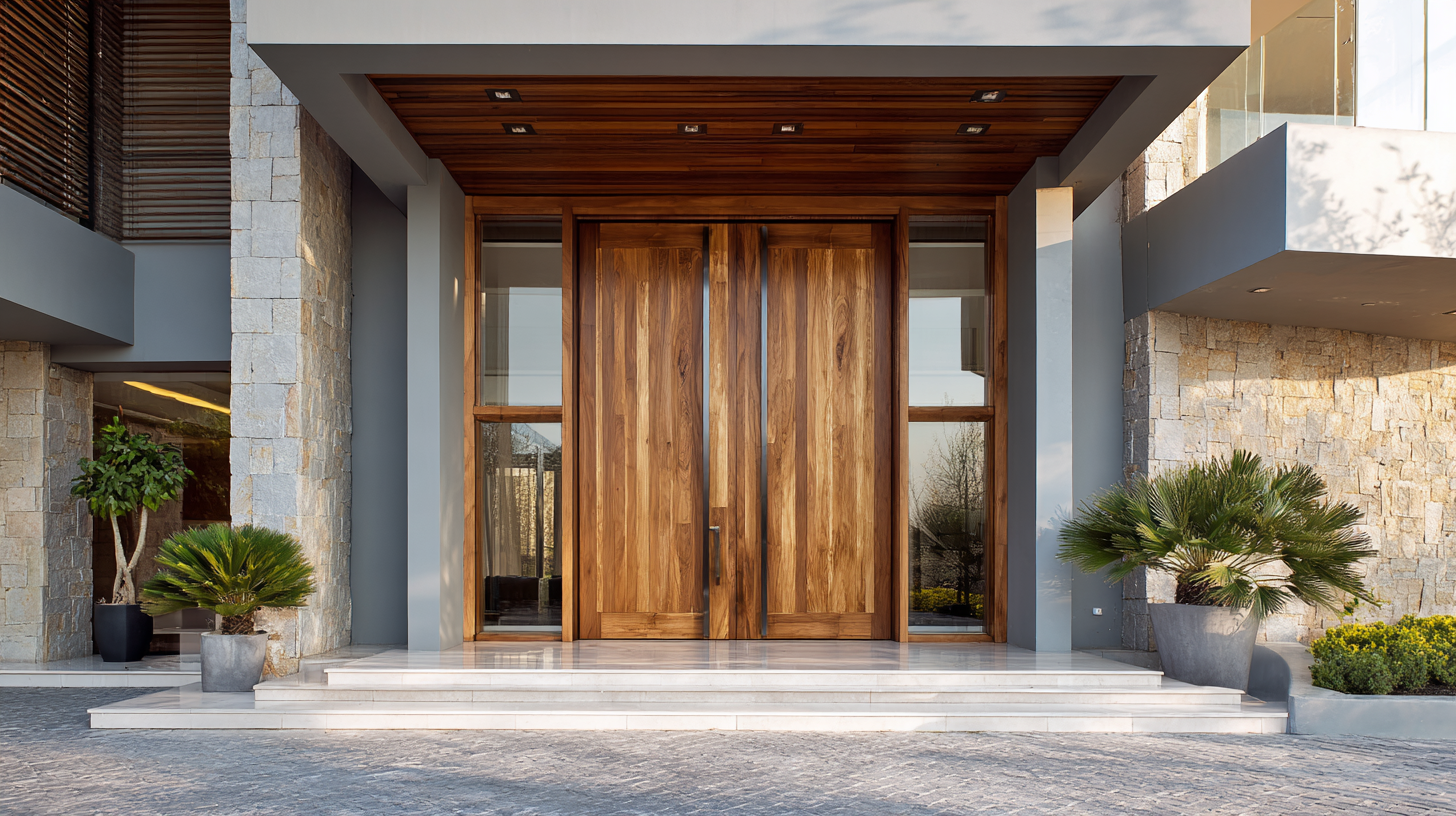
Global Supply Chain Innovations: China’s Role in Entry Door Manufacturing
China has increasingly established itself as a pivotal player in the global supply chain for entry door manufacturing. A recent report by the International Door Association states that over 30% of the world's entry doors are produced in China, thanks to its advanced manufacturing technology and cost-effective labor. This positions China as a major source for innovative designs and efficient production processes, making it easier for global buyers to meet their demands effectively.
Tips for global buyers: Look for manufacturers that offer customization options, which can help you differentiate your products in competitive markets. Additionally, consider suppliers that prioritize sustainability—especially those using eco-friendly materials and practices—as consumer demand for green products continues to rise.
Moreover, advancements in smart technology integration are transforming entry doors into high-tech security solutions. According to a recent market analysis, the smart door market is projected to grow by 25% annually, indicating a significant shift toward enhanced security features. As companies innovate and adopt new technologies, it is essential for buyers to stay informed about these trends to make strategic purchasing decisions.
Tips for global buyers: Regularly attend industry trade shows and exhibitions where you can discover the latest innovations, foster relationships with suppliers, and gain insights into upcoming trends that can impact your buying strategy.
